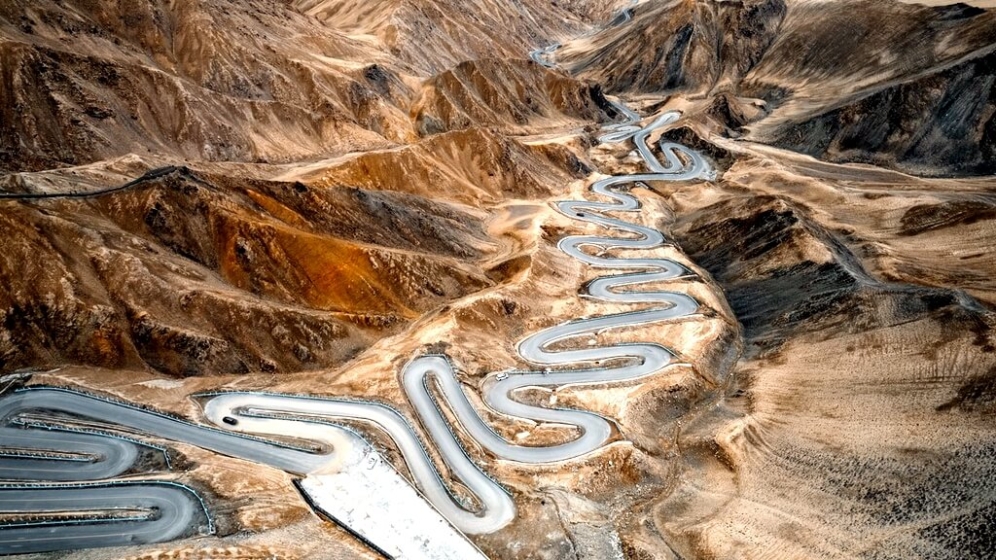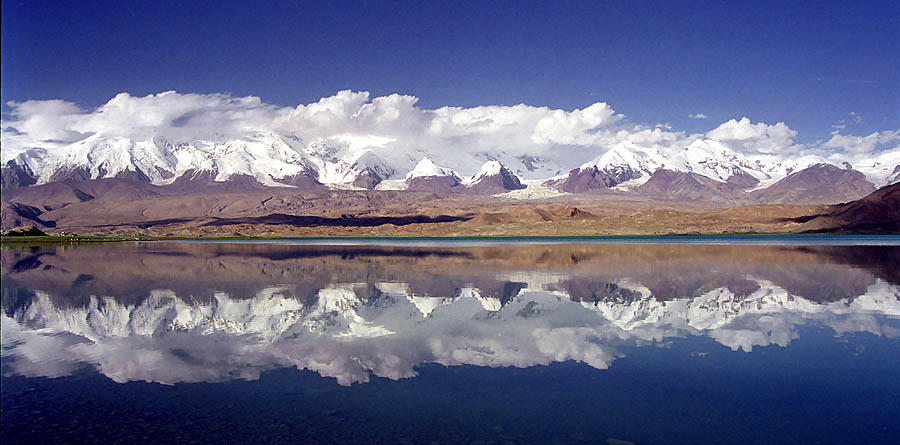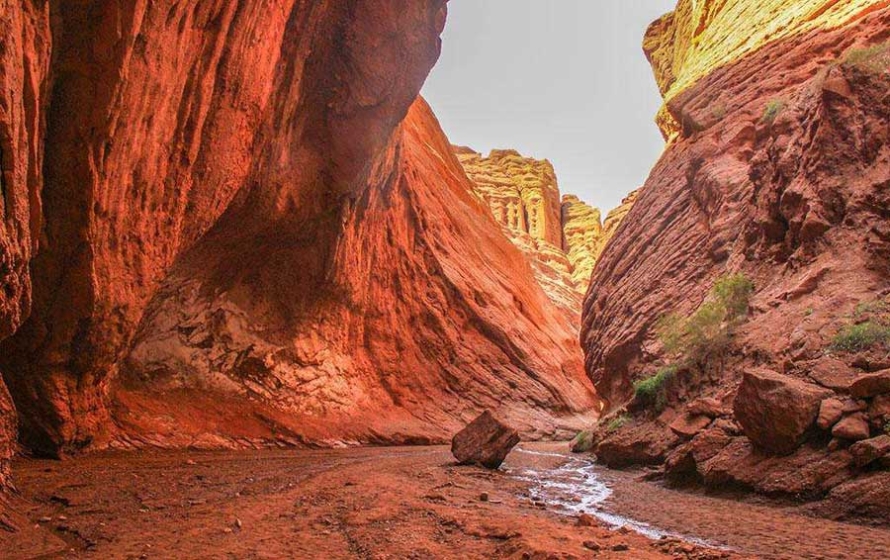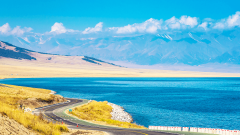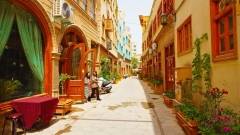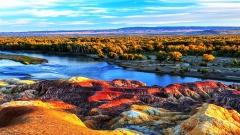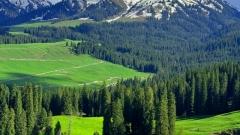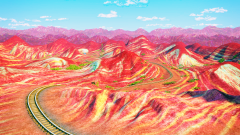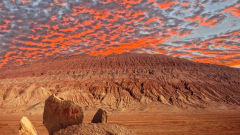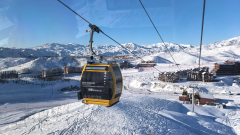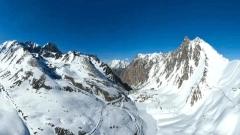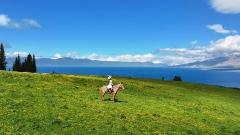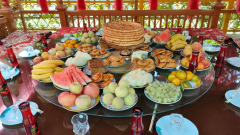Planning a trip to Xinjiang requires thoughtful consideration of timing, routing, activities, logistics, and local culture. This guide begins by recommending the best seasons and duration for your visit, then dives into must‑see destinations—divided between Northern and Southern Xinjiang—such as Kashgar’s Silk Road heritage, Turpan’s desert oasis, Kanas’s alpine beauty, and Urumqi’s gateway services.
Where to Go in Xinjiang?
Xinjiang spans 1,664,897 km²—16 percent of China’s land area—making it the nation’s largest province and larger than many countries.
Divided by the Tian Shan Mountains into Northern and Southern regions, it hosts distinct landscapes and cultures.
Southern Xinjiang
- Kashgar: Once a Silk Road crossroads, Kashgar’s 2,000‑year‑old Old City remains the soul of the region, with maze‑like alleyways and ornate adobe homes.
- Turpan: Located 154 m below sea level, Turpan flourishes as a desert oasis thanks to the ancient Karez water system—vertical shafts channel subterranean streams to surface vineyards.
- Hotan: Renowned globally for Hetian jade, Hotan’s family‑run workshops carve and polish this prized stone, reflecting centuries of Silk Road artistry.
- Kuqa & Aksu: Kuqa’s Grand Canyon and Kuche Ancient Buddhist grottoes showcase geological marvels and Silk Road relics, while Aksu’s oasis at the Tianshan foothills offers lush farmland and ethnic markets.
Northern Xinjiang
- Ürümqi: As the regional capital, Ürümqi buzzes with life—its International Grand Bazaar blends Islamic architecture with local crafts, and the Xinjiang Regional Museum displays mummies and ethnic textiles.
- Kanas & Altay: Kanas Lake, formed by glacial movement 200,000 years ago, shifts from emerald to sapphire; adjacent Hemu Village preserves Tuva wooden architecture, and Altay ski resorts like Silk Road International offer winter slopes.
- Ili Valley (Yining, Sayram Lake, Nalati): Yining’s “Little Switzerland” ambiance, Sayram Lake’s mirror‑like water at 2,000 m, and Nalati Grassland’s sweeping meadows rank among China’s premier alpine pastures.
What to Do in Xinjiang?
Xinjiang caters to every traveler’s passion, from culture to adventure.
Cultural Immersion
- Silk Road Towns: Wander Kashgar’s Old City and Sunday Bazaar to feel the pulse of Uyghur life, or trace ancient trade routes in Turpan’s Jiaohe and Gaochang ruins.
- Ethnic Experiences: Attend a Kazakh horse festival on Nalati Grassland or learn jade carving in Hotan family workshops .
Outdoor Adventures
- Photography: Capture Kanas’s autumnal birch forests, the Martian‑like Yardangs of Urho Ghost City, and the layered gorges of Dushanzi Canyon.
- Hiking: Trek gentle loops around Hemu Village, moderate trails at Kanas’s Three Bays, or the historic Wusun Ancient Route across Tian Shan passes.
- Skiing: Hit the slopes at Silk Road International Ski Resort near Ürümqi or Altay’s General Ski Resort during winter months.
- Cycling: Pedal around Sayram Lake’s flower‑lined circuit or challenge yourself on desert tracks between Burqin and Kanas.
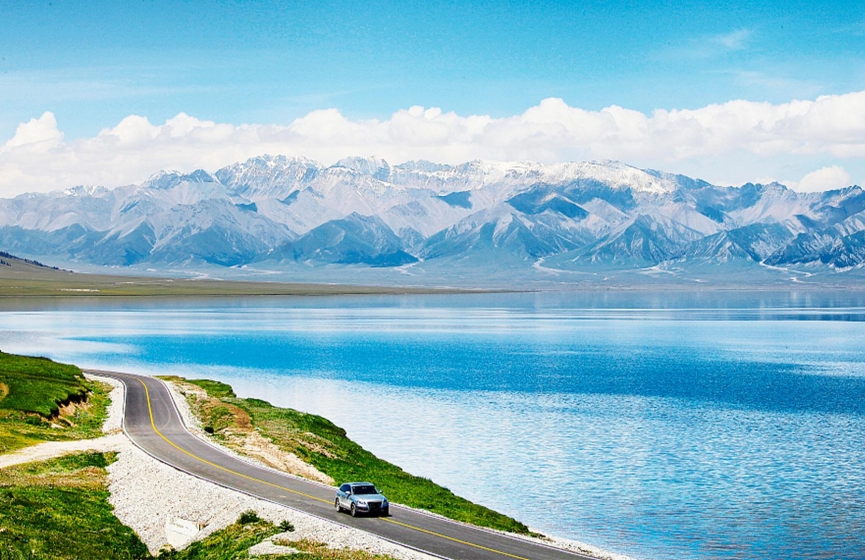
Sailimu Lake
How Long to Stay & Itinerary Tips in Xinjiang?
With attractions dispersed across a vast territory, trip length hinges on focus.
- One‑Week Focus: Concentrate on Ürümqi, Turpan, and Kashgar to balance cultural heritage and natural wonders.
- Two‑Week Deep Dive: Extend into Kanas and Ili Valley for alpine scenery, or venture south to Hotan and the Taklamakan Desert for overland adventure.
- Flexible Tips: Allocate at least two days per major region (e.g., two days in Turpan’s basin, two days in Kashgar’s oasis, two days at Kanas for fall colors) to avoid rushed schedules.
Rather than daytime‑by‑day breakdowns, plan by region clusters to minimize transit time and maximize exploration.
☛ 8-Day Xinjiang Pamir Plateau Tour
Special Xinjiang Themed Tours
Organize your Xinjiang experience around a central theme—no rigid daily schedules required.
- Silk Road Heritage: Focus on historic caravan towns (Kashgar, Turpan, Kuqa, Hotan) and archaeological sites to trace ancient trade routes.
- Landscape & Photography: Target geological wonders—Kanas, Five‑Colored Beach, Dushanzi Canyon, and Sayram Lake—for a visual feast.
- Adventure & Overland: Embrace desert trekking in the Taklamakan, 4×4 excursions to Urho Ghost City, and high‑altitude hikes on the Wusun Ancient Route.
- Winter Sports: Center your trip on ski resorts in Altay and Ürümqi, complemented by snowy vistas at Heavenly Lake.
Each themed tour uses your material to prioritize destinations and activities without prescribing daily itineraries.
☛ 9-Day Xinjiang Duku Highway Tour
Extending Beyond Xinjiang
Pair Xinjiang with neighboring provinces for broader Silk Road context:
- Gansu: Explore Dunhuang’s Mogao Caves, Jiayuguan’s Great Wall terminus, and Zhangye’s Danxia landforms over 6–8 days.
- Qinghai: Visit Qinghai Lake, Chaka Salt Lake’s mirror waters, and Tongren’s coiling monastery artworks in 4–6 days.
- Tibet: Journey on to Lhasa’s Potala Palace, Everest Base Camp, and Namtso Lake for a spiritual high‑altitude extension.
Weather & Best Time in Xinjiang
Xinjiang’s temperate continental climate features low rainfall (≈150 mm/year) and high sunshine (200–300 hours/month).
- Spring (Mar–May): Icy lakes thaw; wind and dust storms can occur.
- Summer (Jun–Aug): Pleasant in highlands; desert temperatures may exceed 40 °C.
- Autumn (Sep–Oct): Prime for foliage; avoid Golden Week rush in early October.
- Winter (Nov–Feb): Subzero lows in plains; peak ski season in Altay.
Getting to Xinjiang& Internal Transport
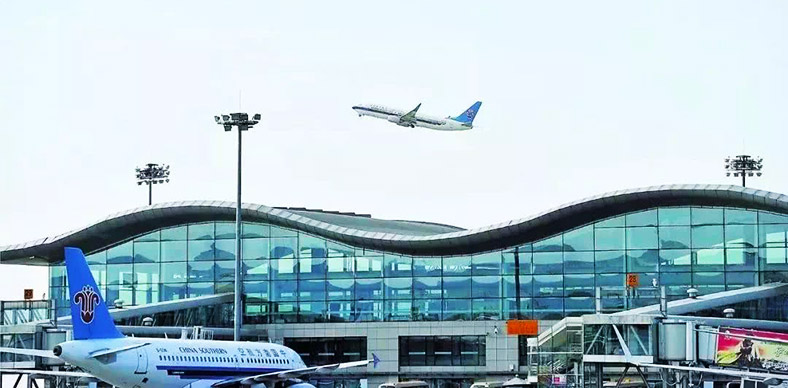
Efficient logistics are vital in a region larger than most countries.
- Air: Major hubs at Ürümqi Diwopu (URC) and Kashgar Laining (KHG) connect to Beijing, Shanghai, Chengdu, and Lanzhou.
- Rail: The Lanzhou–Ürümqi High‑Speed Railway delivers swift access; conventional trains link Turpan, Hotan, and Aksu.
- Road: National Highways 312, 218, and 219 traverse deserts and mountains; private 4×4 transfers are recommended for remote oases.
- Regional Flights: Frequent services between Ürümqi, Turpan, Yining, Hotan, and Karamay streamline long segments.
Accommodation & Permits in Xinjiang
- Lodging: Choose between international hotels in Ürümqi/Kashgar, boutique guesthouses in Old Towns, homestays on grasslands, and desert camps in the Taklamakan.
- Visas & Permits: A standard Chinese tourist visa covers most areas; special border passes are required for Tashkurgan and Karakoram Highway zones, arranged through tour operators.
Packing & Practical Tips for Xinjiang Travelers
- Clothing: Pack layers for 10–15 °C day‑night swings; include sun protection and windbreakers.
- Health: Stay hydrated; carry altitude medication for elevations above 2,000 m.
- Electronics: Bring portable chargers—outlets can be scarce on long drives.
- Etiquette: Dress modestly at religious sites; always ask before photographing locals; learn basic Uyghur and Mandarin greetings.
Partnering with China Dragon Travel
China Dragon Travel transforms this detailed framework into a seamless journey—handling all logistics, securing permits, arranging expert local guides fluent in Uyghur and Mandarin, and crafting bespoke experiences rooted in your preferences. Contact us today to bring your personalized Xinjiang adventure to life.



